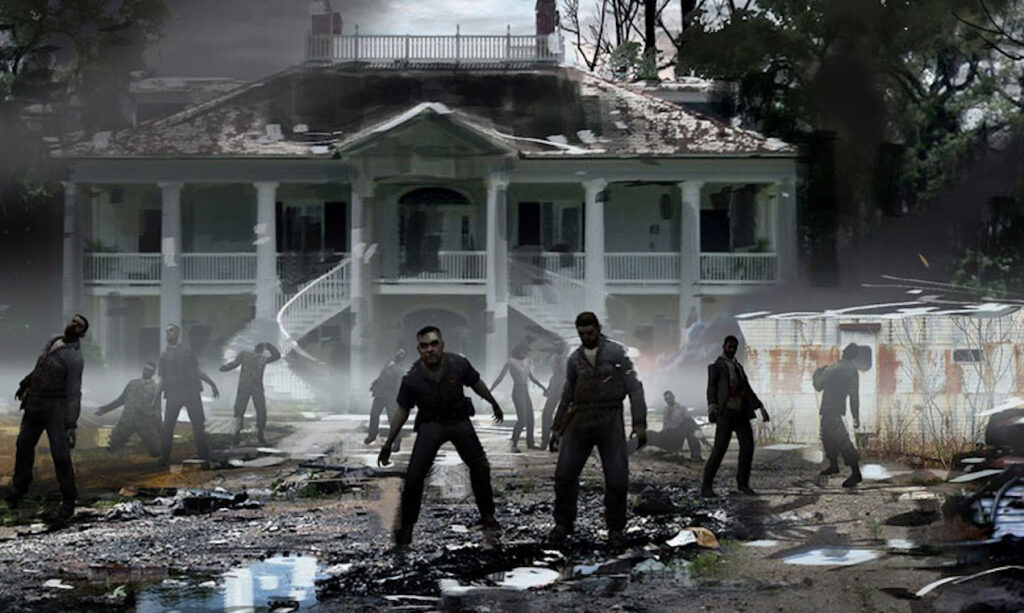Knowing how to navigate a SHTF scenario can be challenging, especially if you have to travel cross-country. These kind of events require preparation to ensure you stay safe in dangerous moving conditions.
Considerations for cross-country trips during SHTF situations vary on many factors, but the basics apply to any given scenario.
Here are some ways to plan your journey and remain safe during long-distance travel.
Check Destination Laws
Checking each state’s local laws might be a good idea when calculating your route. States have varying laws on things you’re allowed to carry on your person and in your vehicle. You must know local regulations if you’ll be traveling the area to know what to pack and leave behind.
Research traffic laws so you don’t end up with fines or jail time for something you were unaware was against the law, like cursing loudly in Rockville, Maryland. You can’t store trash in your car in Hilton Head, South Carolina or undress in your vehicle in Sag Harbor, New York. Getting stopped by the police — even if you simply receive a warning — can delay your travels and affect your journey.
Watch the Weather
The weather may be the last thing on your mind when SHTF. However, it can significantly affect your travels, so being prepared for harsh weather conditions is vital to traveling long distances. You’ll want to watch the weather regardless of your means of travel as it can affect flights, driving and traveling on foot.
In SHTF situations, you can use a weather radio if you can get your hands on one or predict weather using the Farmer’s Almanac. You can find weather radios that run on solar power to pickup local stations and inform you of alerts and conditions.
Gather Your Tools
SHTF scenarios require tools and equipment. You’ll want to pack your weapons for potential dangers on the road, but be sure to refer back to the laws and regulations of where you travel. You’ll also want to prepare for car maintenance or issues you might encounter, like a flat tire or dead battery.
Ensure you immobilize your vehicle if you experience a flat or blowout. Jumper cables, a car jack, a tire pressure gauge and even a spare tire are excellent tools and equipment to gather for a cross-country trip. Your tire pressure should be 60 PSI minimum if you use a donut and 28–32 PSI if you use a spare tire.
Charter a Private Flight
SHTF situations require you to get out of dodge as soon as possible. Traveling on foot is less than ideal, but you might not have a choice. If possible, charter a private flight to avoid transmission of diseases and dangers on roadways. Flights can get you out of an area the fastest, but commercial flights are more dangerous than private ones.
A private flight can save your life in many ways during a SHTF scenario, including limiting your interactions with potential dangers on the ground or in commercial aviation. For instance, you have an incredibly high chance of picking up an illness, whether the infected person is sitting right next to you or a few rows down. Private flights ensure you’re safely distanced and typically filter 99% of dust, bacteria and germs for increased air quality and reduced risk of virus transmission.
File a Flight Plan
A flight plan ensures someone knows where you’re going and your estimated arrival time to ensure your safety. It’s always a good idea to let someone know your destination details so they can keep track of you and know when something has gone awry.
You might need backup and not have the means to reach out for support. A flight plan can make sure someone arrives at your aid and helps you navigate your long-distance journey if you need it. Leave wiggle room in your schedule for unforeseen circumstances and ensure you give it to someone you trust to appear or send help if needed.
Pack an Emergency Kit
You should have a bug-out bag packed and ready to go when SHTF. The emergency kit should contain necessities ranging from medicine to food and miscellaneous supplies. Include all essential items like batteries for flashlights and comms, first-aid supplies, pain relievers, antacids, water filtration and shelf-stable foods.
You might consider adding a multitool to use on tarps, paracords or other materials you’re likely to encounter. Sunscreen is always a good idea while traveling, especially on foot — a sunburn can be brutal when you need to keep moving in the hot sun. A fire starter in an emergency kit is always a good idea since it can provide warmth in dangerous conditions, send signals and work for protection. You can also use fire to sterilize and disinfect open wounds.
Preparing for a Trip in a SHTF Situation
Prepping for situations when SHTF is part of being a survivalist. Emergency preparedness may save your life in more ways than one, so following these steps can ensure you’re ready for worst-case scenarios.
Cross-country travel can be dangerous, but being prepared can significantly impact your chance of survival.
Author Bio: Oscar Collins is the editor-in-chief at Modded. Follow him on Twitter @TModded for frequent updates on his work!


